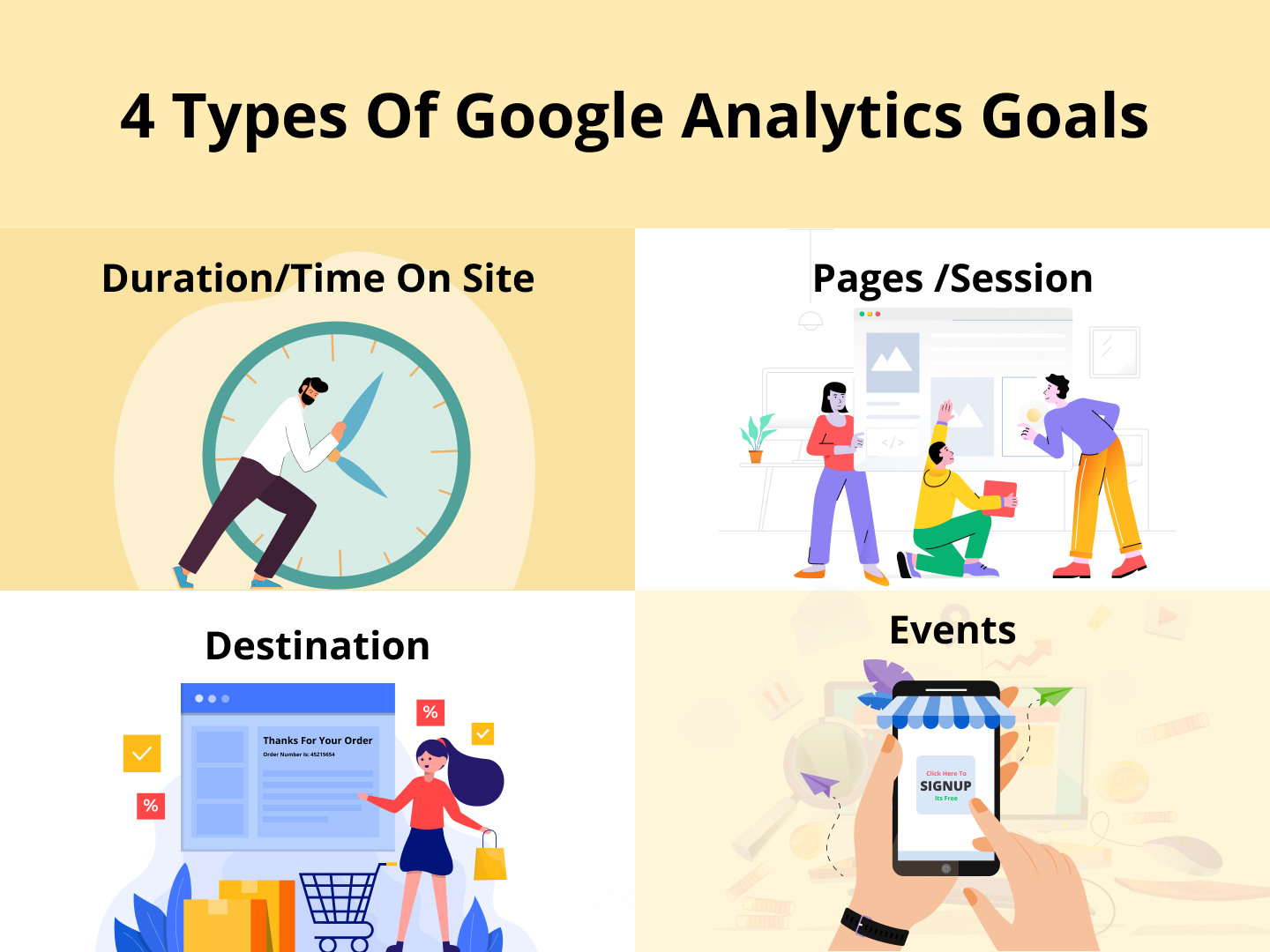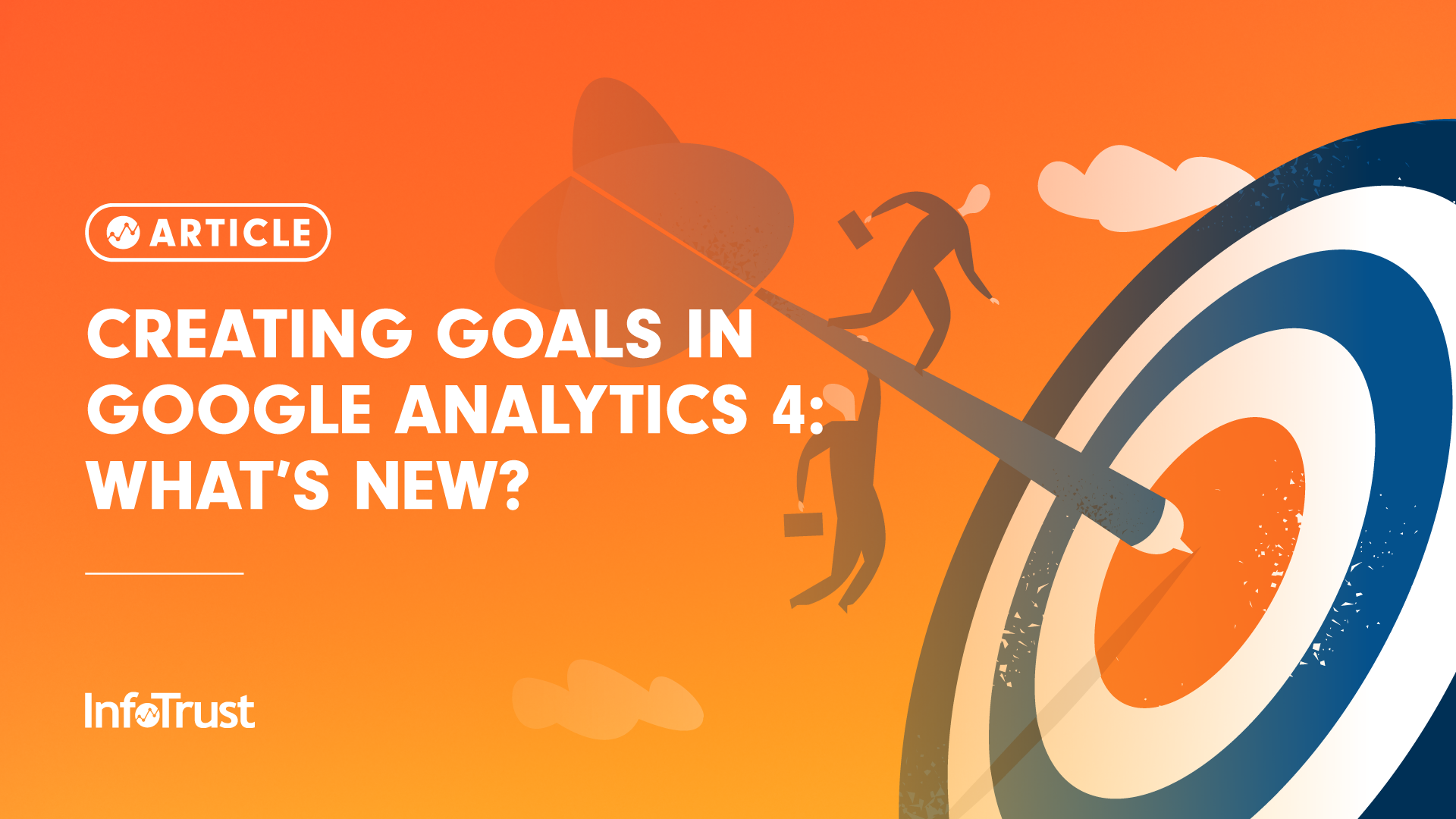Demystifying Google Analytics Limitations: Uncover What Data Goals Can not Track
In the world of digital analytics, Google Analytics stands as a powerful tool that offers valuable understandings into website performance and individual behavior. However, amidst its capabilities, there exist restrictions that frequently go unnoticed. Recognizing what Google Analytics can not track is essential for a comprehensive understanding of information analysis and decision-making procedures. From the complexities of customer interaction with vibrant material to the intricacies of cross-device user trips, these restrictions dropped light on locations that may stay obscured from standard analytics perspectives. By unraveling these restrictions, a clearer photo arises, enabling more informed strategies and improved understandings into individual interaction and conversions.

User Communication With Dynamic Web Content
Individual communication with dynamic web content plays an important function in understanding customer habits on sites and maximizing the overall user experience. Dynamic material describes aspects on a page that can change without the requirement for a full page reload. This consists of interactive elements such as pop-ups, sliders, kinds, and video clips that react to customer activities in real-time. By tracking user communications with vibrant content, internet site owners can gain valuable understandings right into customer engagement, choices, and actions.
Google Analytics provides numerous devices to track user interactions with vibrant material, such as event monitoring and virtual pageviews. Event monitoring allows you to keep an eye on details user activities, like clicking a switch or enjoying a video clip, offering information on exactly how individuals connect with dynamic aspects. Online pageviews can be utilized to track interactions that do not result in a new page load, supplying a thorough view of individual engagement with dynamic web content. By evaluating this information, internet site proprietors can make educated decisions to improve individual experience and drive conversions.
Cross-Device User Journeys
How can contemporary analytics tools track the complicated courses customers take across multiple devices in their on the internet journeys? Cross-device user trips present a considerable obstacle for monitoring and examining individual habits properly. As individuals connect with web sites or apps using numerous devices such as smart devices, tablets, and desktop computers, it comes to be crucial to understand exactly how they relocate in between these platforms to maximize user experience effectively.
Google Analytics faces constraints in tracking cross-device customer trips due to personal privacy problems and technological constraints - what data is google analytics goals unable to track. While it can offer insights right into private gadgets' communications, tracking a seamless user journey throughout numerous tools stays a difficulty. This limitation can result in incomplete data and fragmented customer insights, making it challenging for services to develop a unified sight of the client journey
To address this problem, services can utilize sophisticated analytics devices that offer cross-device tracking capacities, enabling them to obtain an extra holistic understanding of individual behavior. By leveraging these tools, businesses can bridge the gap in tracking cross-device customer trips and enhance their digital methods for a seamless user experience.
Offline Conversions and Attribution
As companies browse the challenges of tracking cross-device customer journeys, another pivotal element to take into consideration is the world of offline conversions and attribution in the world of data analytics. While Google Analytics gives useful insights into on-line user habits, it fails when it concerns tracking conversions that happen offline. This constraint positions a substantial challenge for companies that have both online and offline sales channels.
Offline conversions, such as acquisitions made in physical stores or via telephone call centers, are important to recognizing the total consumer journey. Without the capability to connect these offline conversions to particular on the internet interactions, businesses might struggle to precisely determine the impact of their digital advertising initiatives.
To resolve this void, companies can explore alternate services such as integrating CRM systems with on the internet analytics devices or utilizing unique discount codes Your Domain Name that can be mapped back to on the internet projects. By linking the void in between online and offline information, businesses can acquire a much more extensive understanding of their consumers' actions and boost their total advertising methods.
Person Customer Recognition
In the world of information analytics, the ability to properly identify private customers across various online touchpoints is an essential obstacle for businesses seeking to individualize and optimize their advertising and marketing methods. While Google Analytics provides important understandings right into user habits and interactions, it drops brief in making it possible for the recognition of specific people due to personal privacy worries and technological constraints. Google Analytics utilizes distinct identifiers such advice as cookies to track customer sessions and actions, but these do not equate to determining individual customers in a personal sense.

Data From Secure Pages
Regardless of the raising prevalence of protected web pages on web sites, acquiring data from these encrypted sources offers an one-of-a-kind challenge for digital analytics platforms like Google Analytics. Safeguard pages, shown by HTTPS in the URL, encrypt information traded in between the individual's internet browser and the internet site's server to ensure personal privacy and safety and security. While this file encryption is crucial for protecting sensitive info, it likewise positions constraints for tracking customer behavior and event analytics data.
Google Analytics faces obstacles in accumulating in-depth information from protected article web pages as a result of the security protocols in location. Because of this, certain data factors such as reference sources, keyword searches, and also some individual communications might not be fully captured when customers access a website through a safe and secure connection. This restriction can impact the accuracy and completeness of the information evaluation, causing spaces in understanding individual actions and preferences on protected web pages.
To browse this obstacle, electronic analysts may need to check out different monitoring approaches or utilize other tools particularly designed to gather insights from secure pages. By adjusting approaches to suit these constraints, businesses can still obtain important analytics despite the restrictions provided by encrypted connections.
Verdict
In conclusion, Google Analytics has restrictions in tracking customer interaction with dynamic content, cross-device individual journeys, offline conversions, private customer recognition, and data from secure web pages. Despite its beneficial insights, Google Analytics might not offer a complete photo of customer engagement throughout different touchpoints.
User communication with dynamic web content plays an important duty in understanding user behavior on websites and maximizing the total customer experience. By tracking individual communications with dynamic material, web site proprietors can gain useful insights into user involvement, choices, and behaviors.
Google Analytics makes use of special identifiers such as cookies to track user sessions and behavior, yet these do not correspond to identifying individual customers in a personal sense.
As an outcome, specific data points such as referral resources, keyword searches, and also some user interactions might not be totally captured when users access a web site through a safe and secure link.In conclusion, Google Analytics has limitations in tracking individual interaction with dynamic content, cross-device user trips, offline conversions, individual customer recognition, and data from secure web pages.